It’s been roughly two decades since I’ve had a professional haircut. I should clarify: It was about 20 years ago that I last ventured out to have my hair—my real hair, or “bio” hair as it is often called in forums—cut.
I can still see the way the light slanted through the half-open blinds in the front window, smell the frothy floral scent of shampoo filling that salon, and feel the sticky, cracked leather of the swivel chair I sat upon as I filled with a heavy dread.
“How come your hair’s so thin, and you’re so young?” my angular, outspoken stylist asked me bluntly. I remember shuddering as her tinny tones echoed across the walls of the otherwise quiet room. Prickly heat crawled up my face. My throat clamped tight. I didn’t know what to say, but it didn’t matter. Before I could respond, my stylist actually waved her co-worker over to our station. “Come look at this!” she called. “See how thin!”
Within moments, both hairdressers and another client had peered at and weighed in on the state of my head. I felt my scalp burning, not with anger or hurt, but pure humiliation. My crowning moment of mortification.
Why So Thin?

I’ve struggled with alopecia since I was 18 years old. It didn’t happen overnight. There was an ebb and flow pattern at first. Some days were simply punctuated by soft, cobwebby sensations drifting down my neck and back. For a long time, I thought nothing of it. Hair grows and goes in cycles. Yet my cycles were on the extreme end.
Many factors likely influenced the thinning, like chemical treatments and genetics. And stress, of course, noticeably exacerbated the bodily response. The first big, prolonged shedding happened while I was running cross-country in college and battling an eating disorder at the time. I started noticing how the shower drain resemble a thick mass of steel wool within mere seconds.
The ensuing confluence of anxiety became a sort of chicken-egg scenario. The state of my hair added another dimension to my already negative body image that fed attempts to both control my life and disappear through deprivation.
Bare Facts
In time, there was healing. I read about hair loss causes and conditions, found an incredible therapist, and met the most supportive, wonderful man who I would go on to marry. I regained my healthy self, but not my hair.
And so, I explored a whole gamut of treatment options in hopes of its return, from science-backed products to snake oil treatments filled with false promise. I tried everything I could afford: egg yolk washes, caffeinated hair serums, essential oils, and bottle after bottle of expensive vitamins. I tried Rogaine for Men (more potent than the women’s version), and Platelet Rich Plasma (PRP), a procedure that uses injections of a concentration of a person’s own platelets to accelerate healing.
“It’s androgenic alopecia,” a doctor at a highly recommended women’s health clinic told me when I was in my early 20s. “My advice to you is to start saving for a hair transplant. In the meantime, you might consider reaching out to the American Cancer Society for recommendations on a good wig. ”
Female Alopecia: The Reality
Androgenic alopecia is a common form of hair loss in men and women also known as male or female pattern baldness. While this condition rarely results in complete female baldness, there are no known treatments to regrow lost hair.
I had long suspected this was my situation, but hearing the words still felt devastating. The physician’s voice and manner weren’t cold, but they were crisp, calm, and clinical. The lack of sympathy stung. So did my own sense of guilt that I could be devastated over something essentially cosmetic. Of course this medical practitioner wasn’t moved by my circumstances! She dealt daily with severe disease, and other, far more pressing situations. Awareness of my own wallowing heaped further self-loathing on top of shame.
Although I recognized the facts behind the physician’s words, I chose for years not to believe them. I couldn’t save for a $40,000 hair transplant. Why give in to resignation just to give up hope? Deep down I clung to the desperate belief that someone, somewhere, could restore my hair, so deeply symbolic of youth and femininity.
Besides, while the condition of my scalp upset me, it seemed to have plateaued to a state of general coverage. At least, until a second period of mass shedding hit, when my husband and I went through a stressful period of dealing with fertility questions. The hair loss suffered at this point was one there would be no recovering from.
Read More: Considering Hair Extensions? Here’s Everything You Need to Know
Faking It
Finally exhausted from my longtime daily ritual of crying and cringing at my own reflection, I thought back to the women’s clinic doctor’s advice and began exploring the world of wigs. At last-—a game changer! I started wearing toppers, lustrous little wiglets I could clip on and blend with my own hair. My posture improved immediately, now that I could again carry myself with some confidence. My outlook, energy, and general demeanor were uplifted when I wore my pieces. I found such security in the illusion of real hair. Best of all, I found others who could truly understand.
Wearing wigs led me to connect with women all around the world with female alopecia and other conditions causing hair loss. They represent all ages and backgrounds. On Facebook forums they divulge their worst wig fears come true and how they recovered from those disasters, from discovering a wig was askew throughout an entire work meeting to having one snatched up by the wind in public. They share photos of their pieces unabashed, supporting one another with honest feedback and creating a celebratory gallery of brands, colors and styles. They offer genuine wig support.
Wigging Out

Of course, wigs are not without their drawbacks. Airport security makes me sick with tension. Daily, run-of-the-mill type choices—simple things like whether to go outside or answer the door without my topper weigh like serious decisions. We are an active family, and much of my social time is spent connecting over running, biking, hiking, and other athletic pursuits.
I found myself placing barriers on friendships in order to separate those who saw me with my ‘pretty’ hair from those who only caught glimpses of the strands of bio hair beneath a hat or swim cap. I turned down casual pool outings, overnight trips with girlfriends, yoga classes, plans coinciding with high winds…anything that might mean risking exposing my secret. Which brings us to now.
Of everyone in my life, only a very few have ever seen the way I look without some kind of head covering. When people have been let in to the secret, the response has never been anything but kind–true warmth, not pity.
Ah…Acceptance
My husband and son prefer my real hair and always have. When our son was a baby, I was paranoid that one day my hair would publicly slide off in his tiny grip. It never happened. Instead, he caught me by surprise when one day as a toddler he asked, “Why Mommy put on extra hair?” When I told him, he nodded and wrapped me up in a big tight hug with loving acceptance. That is all I’ve ever had from the pair of them, my husband and son. It means everything to me to know they see me as beautiful just the way I am, streaky scalp and all.
What’s also painfully true is the fact that I do not see myself in the same light as my loved ones. That truth may seem disappointing, but it’s important. I feel better with my “extra hair.” And I’m OK with that. After all, self-love and acceptance does not always mean sticking to the status quo.
I don’t know whether I’ll be brave enough to experiment with wigs, rotating from long hair to short, straight to curly, or even try on something a little bit crazy. But maybe, a little more transparency about what’s in (and on) my head might help another woman who is suffering in silence. A global pandemic seems as good a time as any to move from owning wigs to owning up to them, grateful and unashamed.
Read More: Menopause and Beauty: The Dry, The Gray, and the Gorgeous

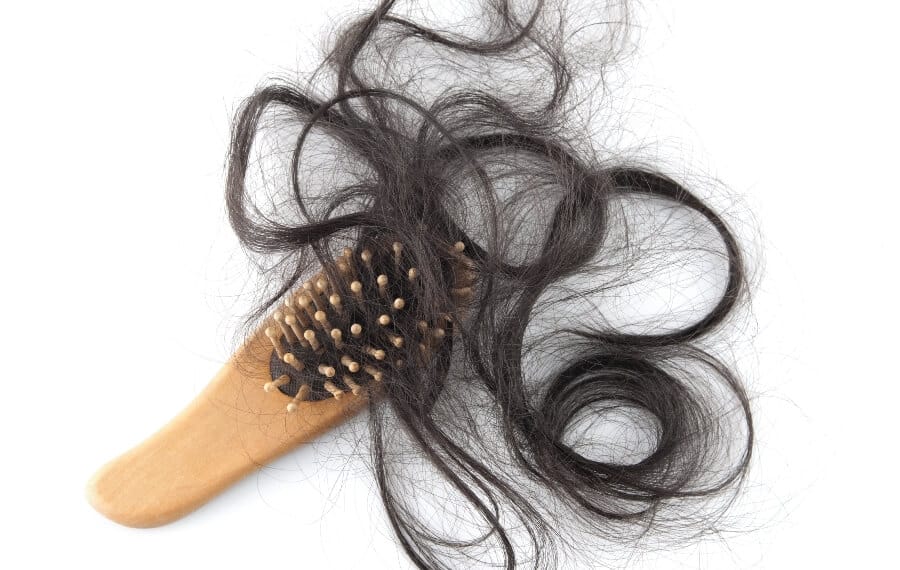



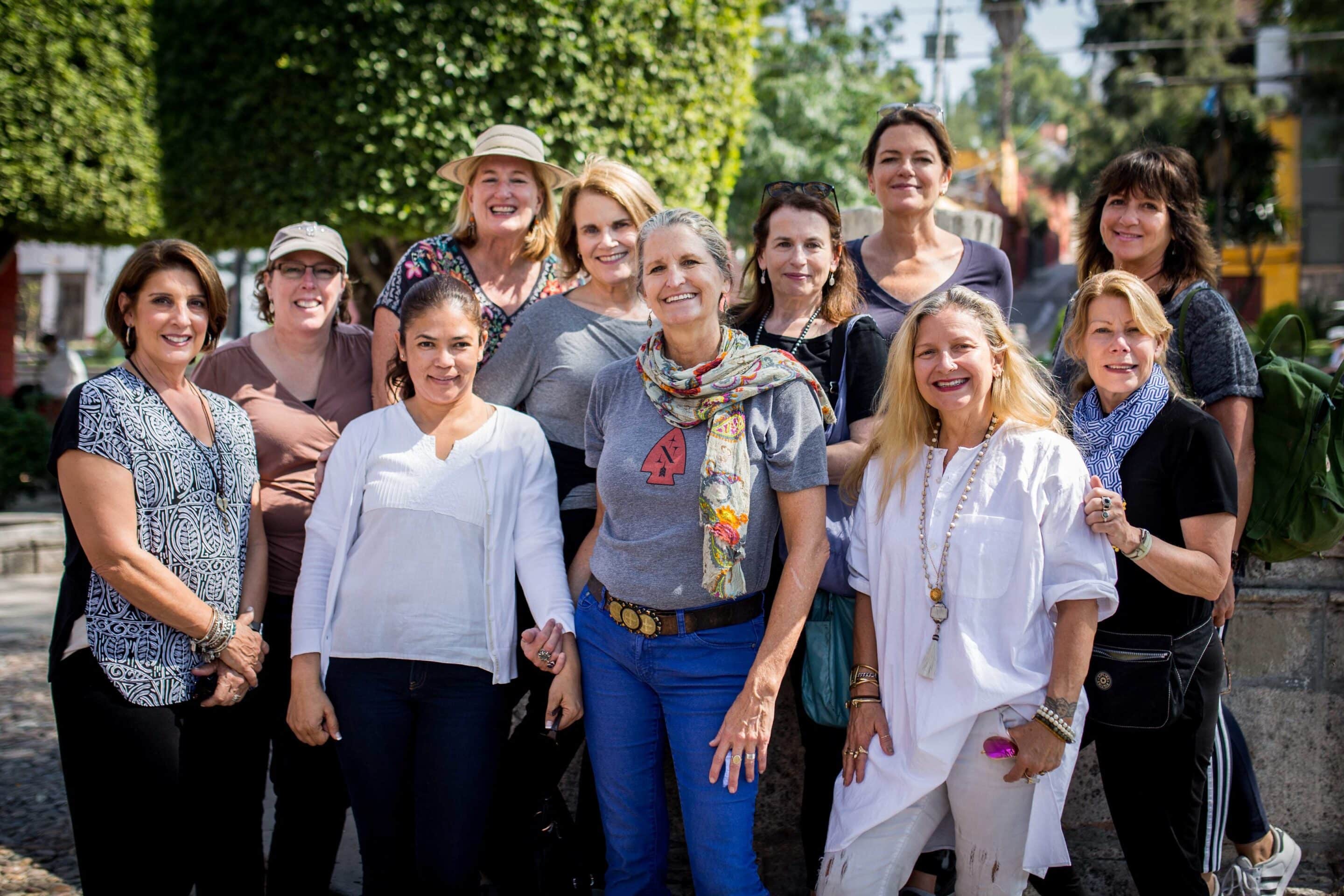

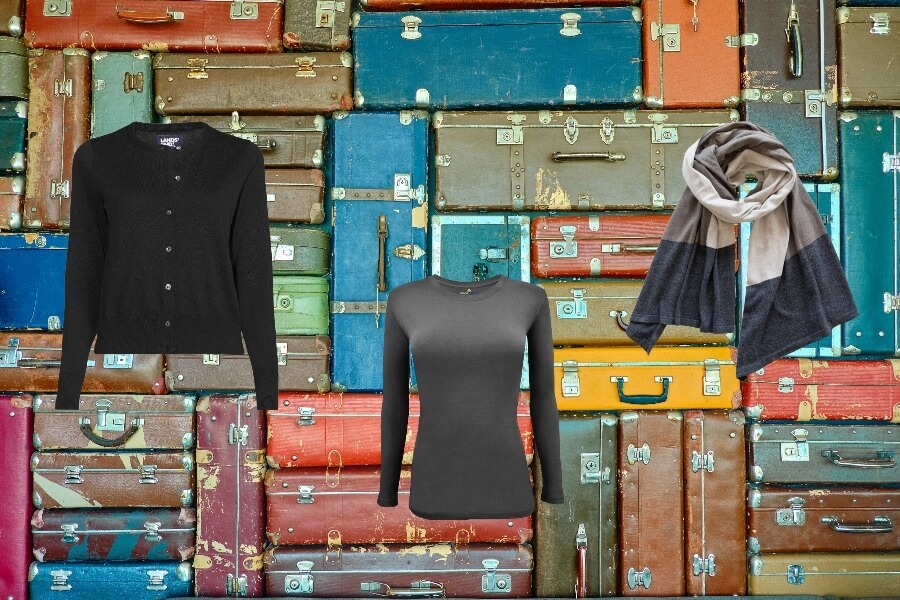


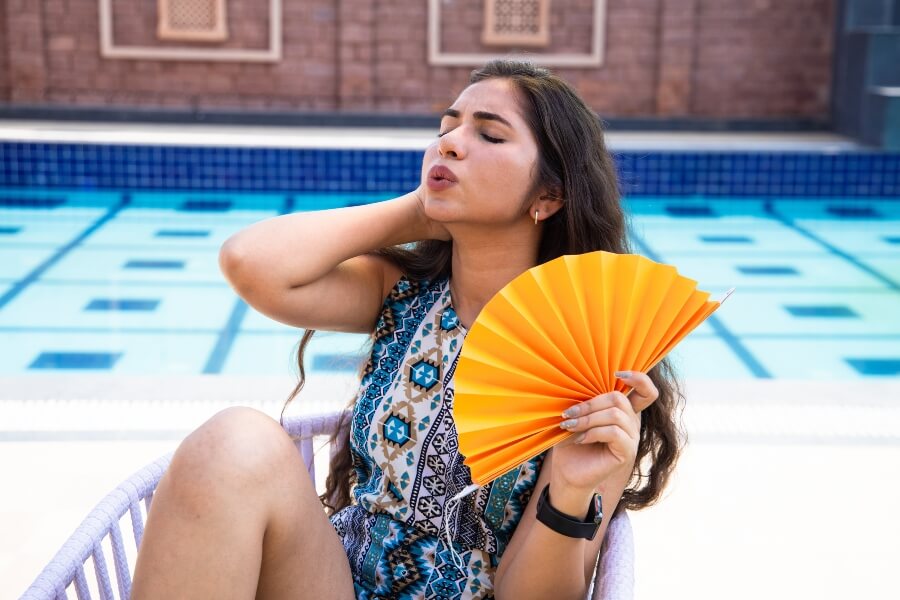
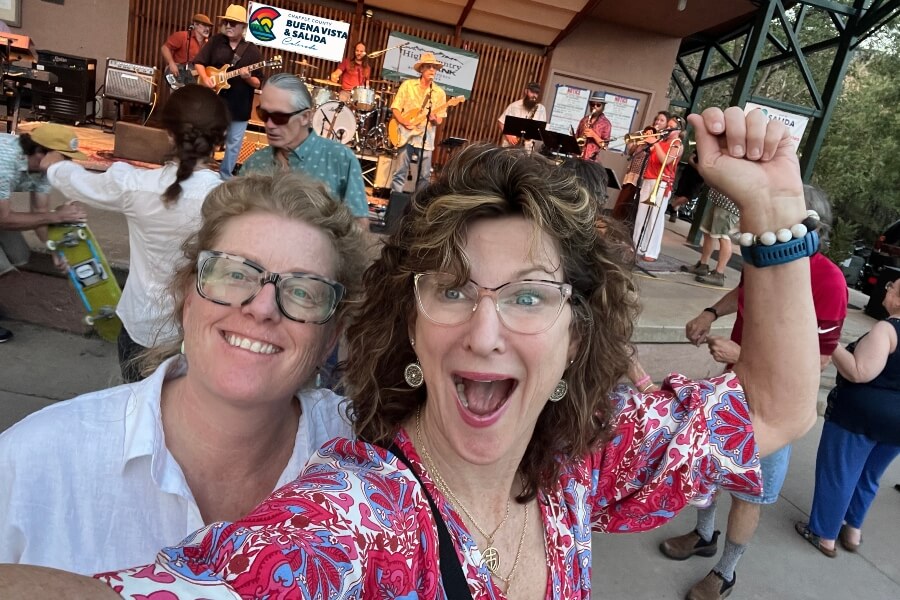







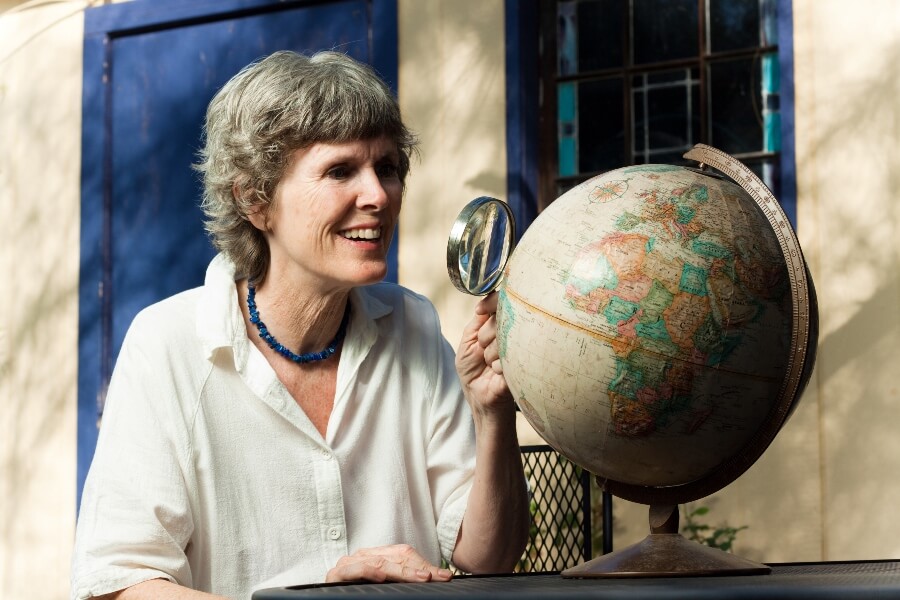
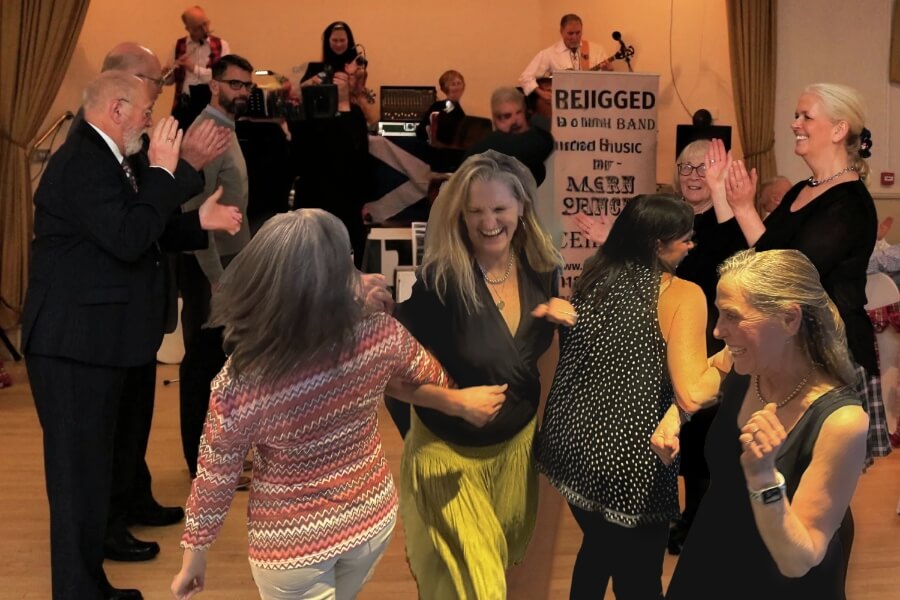


0 Comments